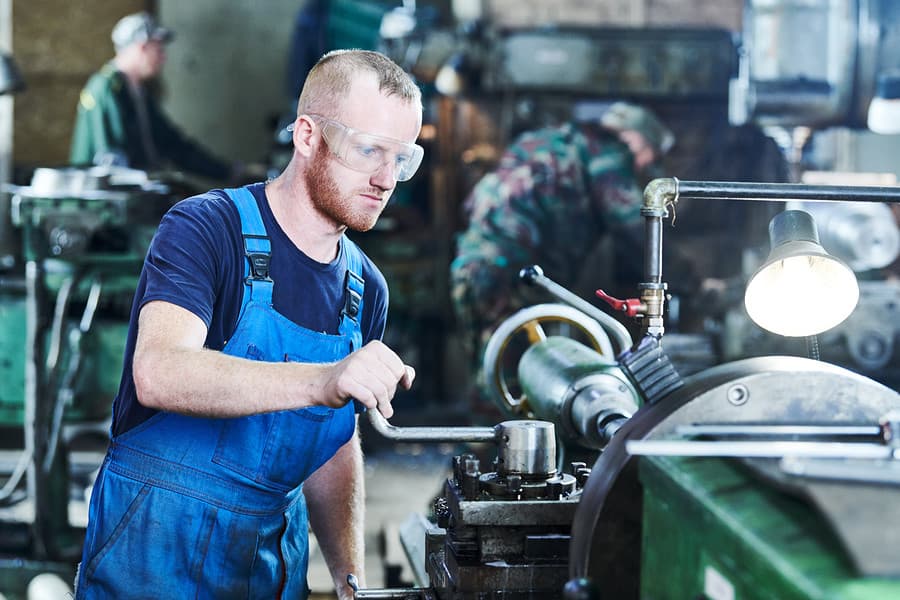In just a few weeks, the coronavirus has come to dominate the news, crash the stock market, and bring us to the verge of a recession. The pullback in economic activity will slow the pace of hiring in the immediate future, but looking further out, the crisis is likely to reshape the recruiting landscape as employers and governments respond to problems and redefine how and where work gets done.
A long-term change will be an increase in demand for factory workers as companies lessen their dependence on China. (Nothing better than the current crisis illustrates the maxim of not having all your eggs in one basket.)
Chinese manufacturers supply over 70% of shoes and 50% of appliances and toys sold in the United States. Critically, as much as 90% of certain antibiotics and other pharmaceuticals are also manufactured in China, while key components of electric-car batteries and most iPhones are assembled in China. As companies increasingly reevaluate their dependence on China in light of the crisis, they will be more likely to move manufacturing back home.
Granted, China’s main appeal has been its large manufacturing worker base and low labor costs. But such costs have been rising in China, and alternative manufacturing sites such as Mexico, Vietnam, and India simply do not have the capacity to supplant China. Given that reality, manufacturers will have little alternative than to bring production home with the expectation that increased automation will help keep costs low.
When this happens, businesses will need vast numbers of workers to build, maintain, and staff factories.
However, there will likely be a labor shortage for such roles. Sure, unemployment will be higher as the crisis recedes, so some talent will be available to work these jobs. But the unemployed are not a fungible resource. Large layoffs in service industries like hospitality will have little impact on manufacturing and other industries where the skills needed are vastly different. Restaurant and retail workers can’t be deployed to work in factories.
At the same time, an aging and shrinking domestic workforce, a declining birth-rate, and increased curbs on immigration will still pose constraints on the labor force. Meanwhile, workers, especially those in unionized jobs, often get a pension based on their earnings in their last year — and reduced hours of work because of the current crisis will be an incentive for many to seek retirement while they can still claim earnings for the earlier year.
And so increasing the labor force in the face of these trends will require pulling more people back into the workforce. This won’t be easy. The labor force participation peaked at 67.3% in 2000, and has dropped to 63.2%. The difference equals almost 7 million workers. Getting them back poses many challenges, as many have outdated skills or will demand significant earnings to rejoin the workforce.
Ultimately, it’s worth keeping in mind that the influenza pandemic of 1918 was followed by the Roaring Twenties, a decade of economic growth and widespread prosperity, driven by recovery from wartime devastation and deferred spending. All that activity created a lot of jobs and work for recruiters. When this crisis ends, as it will, recruiters will have plenty to do.
